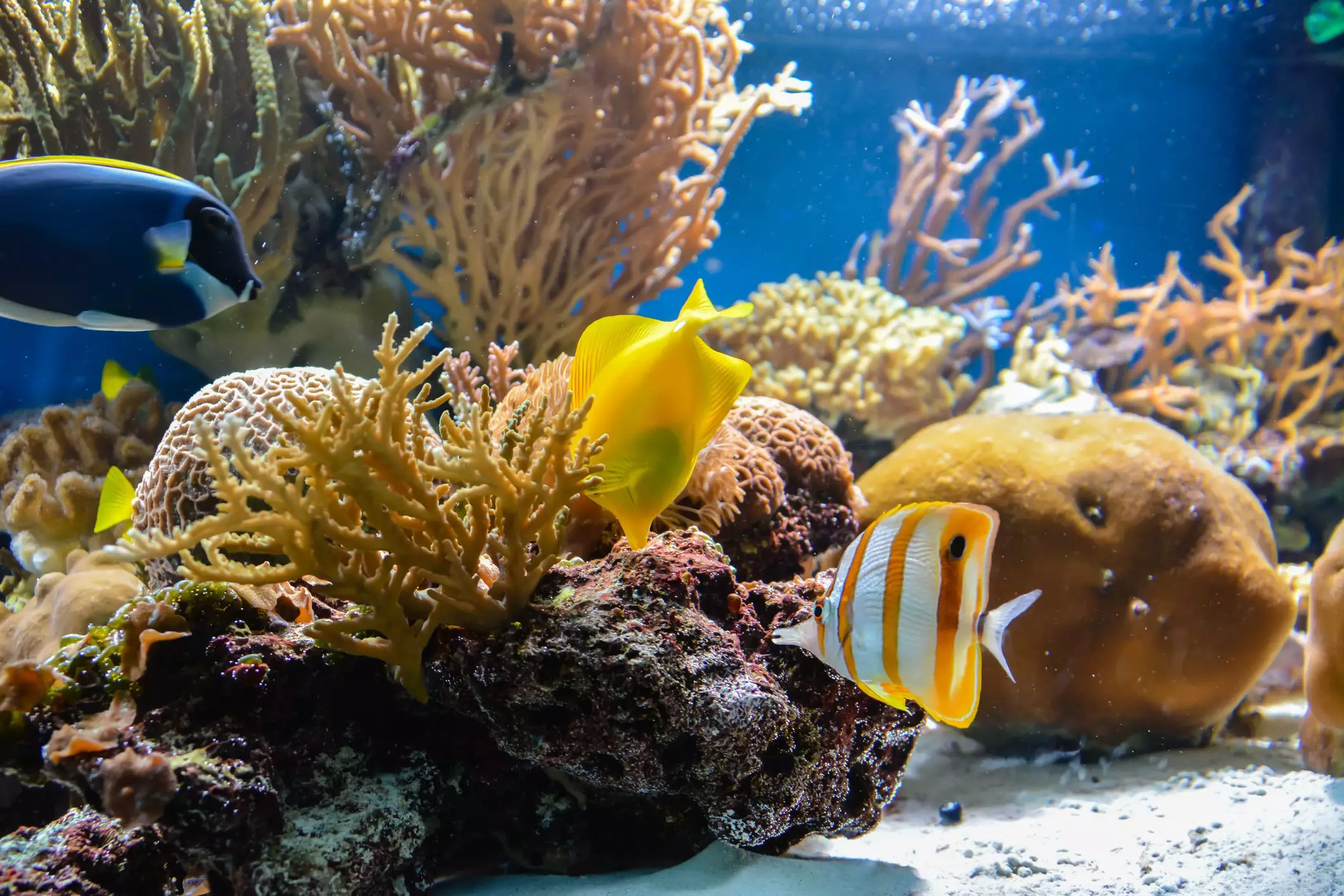Aquarium keeping is a delightful hobby that allows enthusiasts to immerse themselves in the beauty of aquatic life. However, it comes with unique challenges, not least of which is the management of algae growth. While a small amount of algae can signal a healthy ecosystem, excessive growth can create a murky, unattractive aquarium and threaten the well-being of fish and plant life. Understanding how to strike a balance between nurturing your aquarium’s ecosystem and controlling algae is vital for any passionate aquarist.
Understanding Algae: The Basics
Algae are simple, typically aquatic organisms that thrive in the right conditions. They require three primary resources: water, light, and nutrients. When any of these conditions are in excess, algae can proliferate uncontrollably, resembling weeds overtaking a garden. The most common signs of trouble include the appearance of brown, green, or even reddish films gracing the surfaces of your aquarium. Despite their inevitable presence, understanding the factors behind their growth is fundamental to effectively managing their impact.
It’s crucial to recognize behaviors that might lead to an algae explosion. Leaving aquarium lights on longer than necessary can flood the tank with light, creating an ideal breeding ground for algae. Similarly, placing an aquarium in direct sunlight poses a significant risk. Overfeeding your fish can increase nutrient levels in the water, feeding algae rather than fish. Delaying water changes can also elevate nutrient levels, resulting in an algae boom.
Proactive Measures: Preventing Algae Overgrowth
Preventing excessive algae growth hinges on maintaining a stable environment. Here are some tactical steps to help you manage light, nutrients, and overall water quality in your aquarium:
1. Optimize Light Exposure: Ensure that your aquarium is positioned where it does not receive direct sunlight. With artificial lighting, it’s important to stick to a schedule— eight to ten hours per day is generally sufficient. A timer can be invaluable in maintaining consistency.
2. Controlled Feeding: Fish often receive more food than they need. This practice not only raises nutrient levels but can lead to excess waste. Feed smaller portions, and if food remains uneaten after a few minutes, reduce the amount given in the future.
3. Routine Water Changes: Regular water changes are among the most effective means to control nutrient levels and, consequently, algae growth. Changing 10% to 15% of the aquarium water weekly can significantly lower the concentrations of nitrates and other nutrients that algae thrive on.
4. Water Source Awareness: It pays to assess your water quality before introducing it into your tank. High levels of phosphate or nitrate can inadvertently contribute to algae growth. Consider alternatives like filtered water or use phosphate-removal chemicals to combat this issue.
Active Management Techniques
When algae become a prominent issue, knowing how to tackle them effectively is crucial. Recognizing different types of algae and understanding how to combat them can provide substantial relief.
– Brown Algae: Often seen in new aquariums, this particular type can easily coat surfaces but is generally benign. Regular gravel vacuuming during water changes can help control its growth until the aquarium matures.
– Blue-Green Algae (Cyanobacteria): More trouble than it’s worth, this type can swiftly take over your tank, presenting a slick surface on plants and substrates. Mitigating this requires diligent water quality management and potentially utilizing chemical treatments like erythromycin, but be cautious—this can disrupt beneficial bacteria as well.
– Red or Beard Algae: This stubborn variety typically clings to plants. A short dip in a diluted bleach solution can often eradicate it, but this method requires vigilance to protect your plants.
– Green Algae: Known to aquarists as hair, thread, or spot algae, green algae can be beneficial in moderation. Regular maintenance and the introduction of algae-eating fish will help keep this type in check.
– Green Water: A common source of frustration, this refers to microscopic algae particles suspended in the water. Standard water changes may prove ineffective, and potentially installing a diatomic filter or employing a blackout strategy can help eliminate this pesky invader.
The Role of Companions in Algae Control
In addition to preventive measures, including natural allies in your aquarium can help combat algae effectively. Fish such as Siamese flying fox, otocinclus, and plecostomus are champions at consuming algae. Their presence not only curtails algae growth but also contributes to a dynamic and engaging environment. It’s crucial, however, to ensure these species are compatible with your existing aquatic life to maintain harmony in the tank.
While algae management can seem daunting, being proactive and informed equips you with the tools needed to create a thriving aquarium. By understanding the roots of algae growth and responding effectively, any aquarium owner can cultivate a beautiful, balanced aquatic ecosystem that delights and nourishes its inhabitants.

